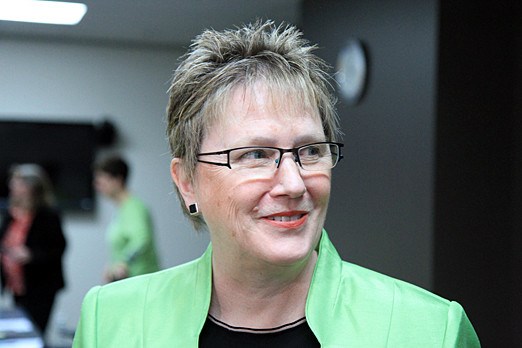The Northwest Local Health Integration Network has laid out a blueprint for its 10-year plan to reduce health-care costs.
Officials with the Northwest LHIN announced the plan during a teleconference Wednesday. The main goals were to create more efficient health care for patients, create better communication and collaboration between medical facilities and agencies and reduce costs.
From 2009 to 2010, health-care spending in the Northwest LHIN was 39 per cent higher than the provincial average in almost every sector.
Laura Kokocinski, Northwest LHIN CEO, said they haven’t crunched the numbers yet on how much the plan will save, but have instead looked at how much the current system is costing.
Ontario has spent about 42 cents of every dollar on health care. But if nothing changes, within 12 years those costs are expected to increase to 70 cents.
The Northwest LHIN isn’t looking to create new investments but use existing funds more efficiently, she said.
Some of the cost cutting strategies will include better collaboration between municipal, regional and district medical facilities in order to avoid having duplication in health care.
She said eliminating those duplications and mapping out patient care better will not only provide better care but also reduce costs.
“What we’re looking to do is reducing that duplication and trying to fill the gaps,” Kokocinski said.
“We hear from clients that moving from one facility or service to another is very challenging and very difficult and their having to manage that movement themselves versus the health care system supporting them.”
Some of the duplications Kokocinski said she would like to see reduced included how people come to the emergency room to get their prescriptions filled and have their dressing changed.
She said people could receive better care within the community, which would cost the system less.
She did admit, however, that there are challenges facing people in remote communities to access services. In light of that, there are strategies in place to try to address these problems.
Using multimedia and Internet-based technology may be part of that solution. Accessing remote communities through Skype could be one way to help better co-ordinate patient care.
For communities that don’t have access to Internet, health-care professionals would have to find solutions via the telephone lines.
The plan doesn’t call for any hospitals to close.
Joe Barnes, executive director for Kenora Chief Advisory, spoke via video from Kenora at the announcement and said he was glad to hear that the LHIN was working to connect communities.
While there is technology in place, Barnes said there is still a lack of funds to hook them up.
“It’s starting to come to our region,” Barns said. “It’s not here yet. Financial resources are a big barrier to that one. We have some tele-health equipment in our remote communities but we’re not connected.
“But it feels great that someone is out there trying to (get us connected).”
The entire plan is available on the LHIN website. As of Wednesday afternoon, the information was unavailable as the site was down.
